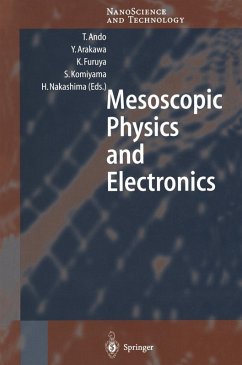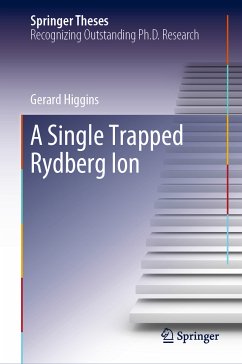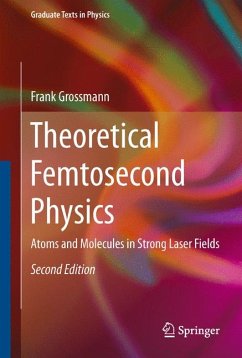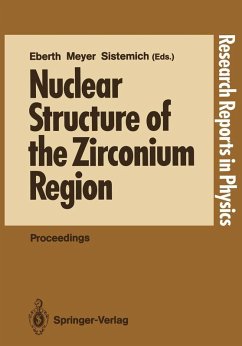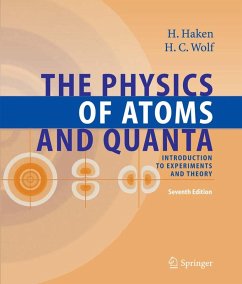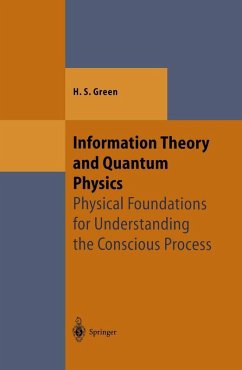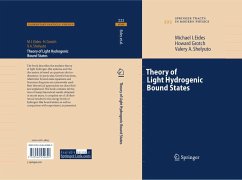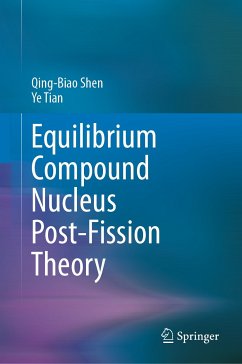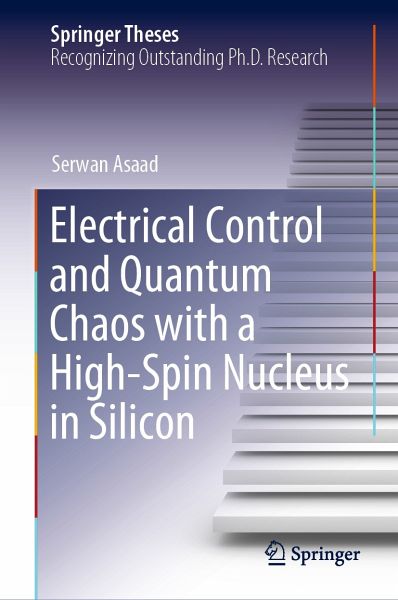
Electrical Control and Quantum Chaos with a High-Spin Nucleus in Silicon (eBook, PDF)
Versandkostenfrei!
Sofort per Download lieferbar
120,95 €
inkl. MwSt.
Weitere Ausgaben:

PAYBACK Punkte
60 °P sammeln!
Nuclear spins are highly coherent quantum objects that were featured in early ideas and demonstrations of quantum information processing. In silicon, the high-fidelity coherent control of a single phosphorus (31-P) nuclear spin I=1/2 has demonstrated record-breaking coherence times, entanglement, and weak measurements. In this thesis, we demonstrate the coherent quantum control of a single antimony (123-Sb) donor atom, whose higher nuclear spin I = 7/2 corresponds to eight nuclear spin states. However, rather than conventional nuclear magnetic resonance (NMR), we employ nuclear electric resona...
Nuclear spins are highly coherent quantum objects that were featured in early ideas and demonstrations of quantum information processing. In silicon, the high-fidelity coherent control of a single phosphorus (31-P) nuclear spin I=1/2 has demonstrated record-breaking coherence times, entanglement, and weak measurements. In this thesis, we demonstrate the coherent quantum control of a single antimony (123-Sb) donor atom, whose higher nuclear spin I = 7/2 corresponds to eight nuclear spin states. However, rather than conventional nuclear magnetic resonance (NMR), we employ nuclear electric resonance (NER) to drive nuclear spin transitions using localized electric fields produced within a silicon nanoelectronic device. This method exploits an idea first proposed in 1961 but never realized experimentally with a single nucleus, nor in a non-polar crystal such as silicon. We then present a realistic proposal to construct a chaotic driven top from the nuclear spin of 123-Sb. Signatures of chaos are expected to arise for experimentally realizable parameters of the system, allowing the study of the relation between quantum decoherence and classical chaos, and the observation of dynamical tunneling. These results show that high-spin quadrupolar nuclei could be deployed as chaotic models, strain sensors, hybrid spin-mechanical quantum systems, and quantum-computing elements using all-electrical controls.
Dieser Download kann aus rechtlichen Gründen nur mit Rechnungsadresse in A, B, BG, CY, CZ, D, DK, EW, E, FIN, F, GR, HR, H, IRL, I, LT, L, LR, M, NL, PL, P, R, S, SLO, SK ausgeliefert werden.



